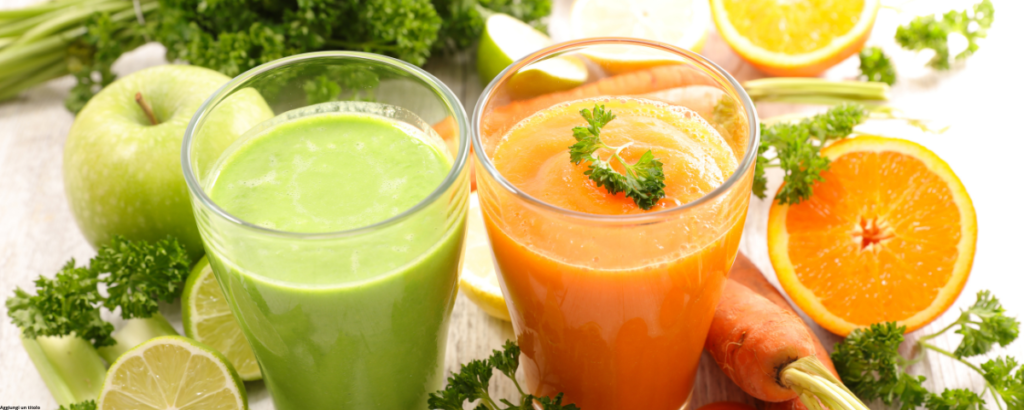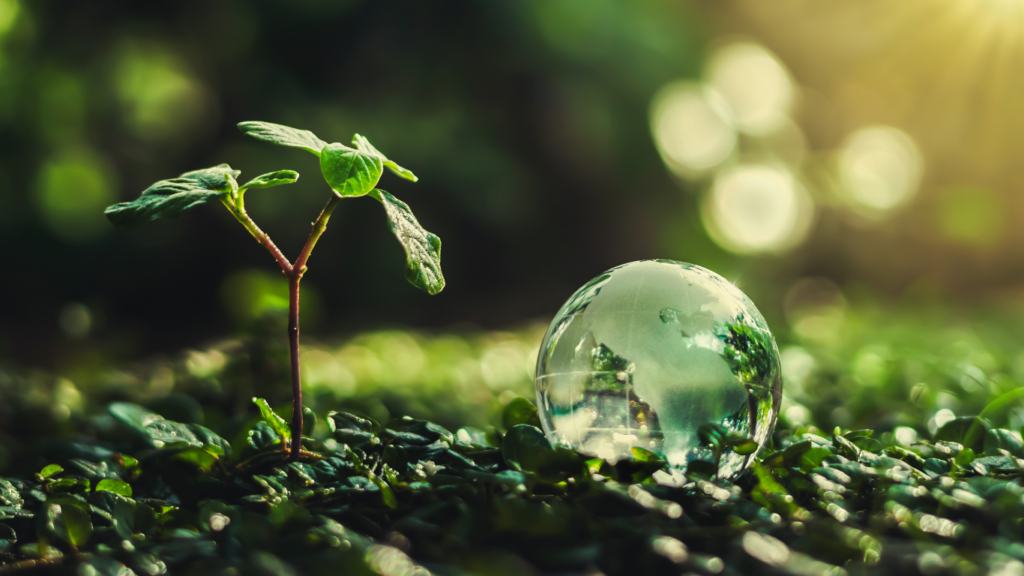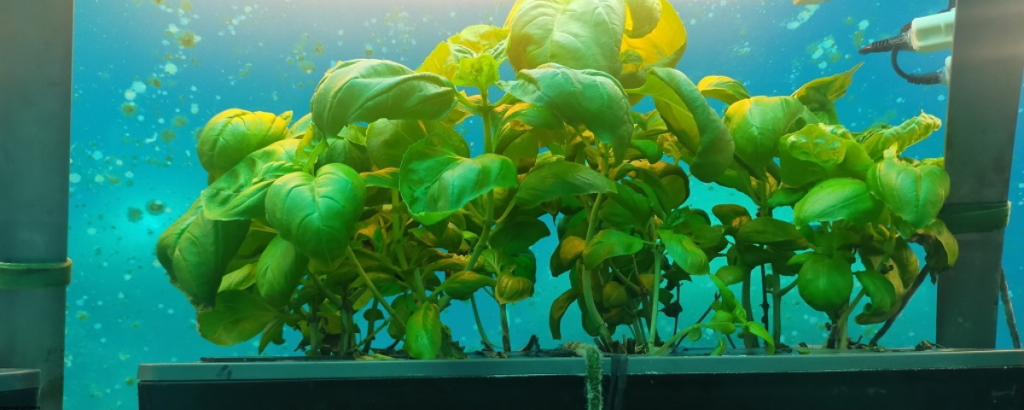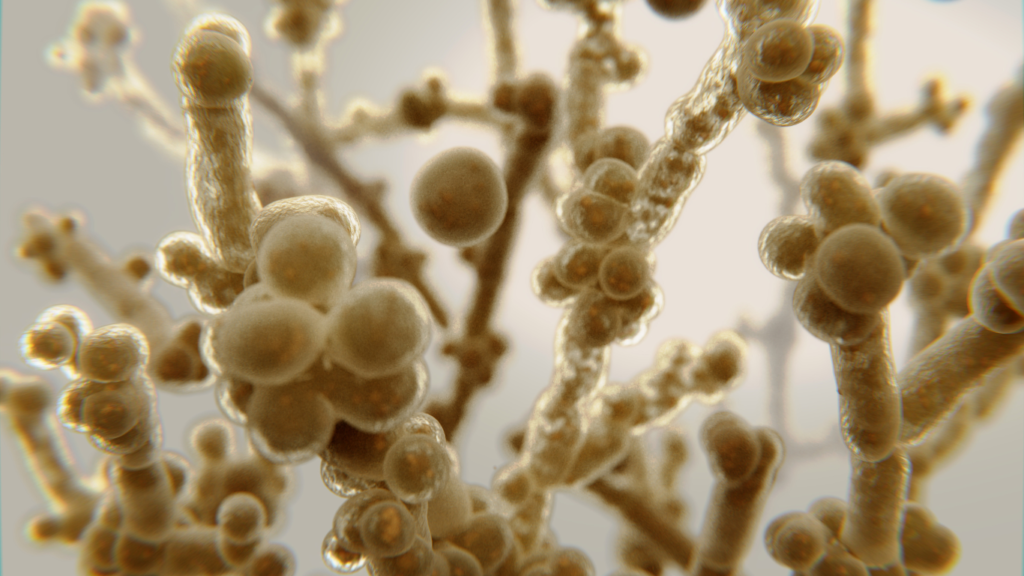Organic Juice: A Health Option for Human and Environmental Well-Being
Organic Juice: A Health Option for the Wellbeing of Man and the Environment Imagine a bright morning, the sun streaming through your kitchen windows and the smell of coffee filling the air. Next to the steaming mug, there is a glass of freshly squeezed orange juice. But it is not just any juice: it is an organic juice, made from oranges grown without pesticides, in lovingly tended soils with respect for the environment. Every sip brings you closer to nature, reminds you of the importance of taking care of yourself and the world around you. This is the essence of organic juice: a daily gesture that has the power to improve not only your health, but also our planet. In this article we explore the many benefits of organic juices and how Opportunity, a leading food and beverage company, supports the production of these precious nectars with its innovative technologies. The Benefits of Organic Juice for Health and the Environment When you choose organic juice, you are not simply choosing a beverage. You are making a conscious choice for your health and the environment. Organic juices are rich in vitamins, minerals and antioxidants that are essential for the well-being of your body. In addition, they are free of chemical residues, offering a safer and more natural option for your daily diet. Health first: Studies show that organic products, including juices, contain higher levels of beneficial nutrients than their conventional equivalents. This means that with every sip, you are nourishing your body with the best that nature has to offer. A glass of organic juice can help boost your immune system, improve digestion and support your general well-being. A positive impact on the environment: Organic cultivation is synonymous with sustainability. The absence of pesticides and synthetic fertilisers protects soil and water quality, contributing to the preservation of biodiversity. By choosing organic juice, you support farming practices that respect nature and promote a virtuous cycle of respect and care for our planet. At Opportunity, we are dedicated to providing advanced technological solutions that optimise industrial juice production, improving efficiency and sustainability without compromising the quality of the final product. Cutting-edge process technologies: We specialise in developing automation systems that optimise every stage of the production process, from ingredient preparation to heat treatment, ensuring consistency and strict quality control. Our solutions include real-time management and monitoring software, reducing waste and improving operational efficiency. Consulting and engineering services: In addition to automation technologies, we offer a comprehensive consulting service to help companies design and optimise their production facilities. Our team of experts works with customers to develop customised solutions that meet specific production needs, ensuring maximum output with minimum environmental impact. Ongoing support and technology upgrades: We understand that the juice industry is constantly evolving, which is why we offer ongoing technical support and technology upgrades to keep plants up-to-date with the latest innovations. Our services include staff training, preventive maintenance and software updates to ensure that every stage of production is always optimised. Opportunity’s Commitment to a Sustainable Future At Opportunity, our mission is to combine innovation and sustainability to deliver solutions that improve the quality of food and beverage production. With our technologies, companies can adopt more efficient and sustainable processes, helping to reduce environmental impact and provide consumers with high quality products.Choosing organic juice means making a conscious and responsible choice that has lasting benefits for your health and the planet. With Opportunity‘s support, juice companies can meet the challenges of modern production with innovative solutions that respect the environment and meet consumer needs.
Organic Juice: A Health Option for Human and Environmental Well-Being Read More »










